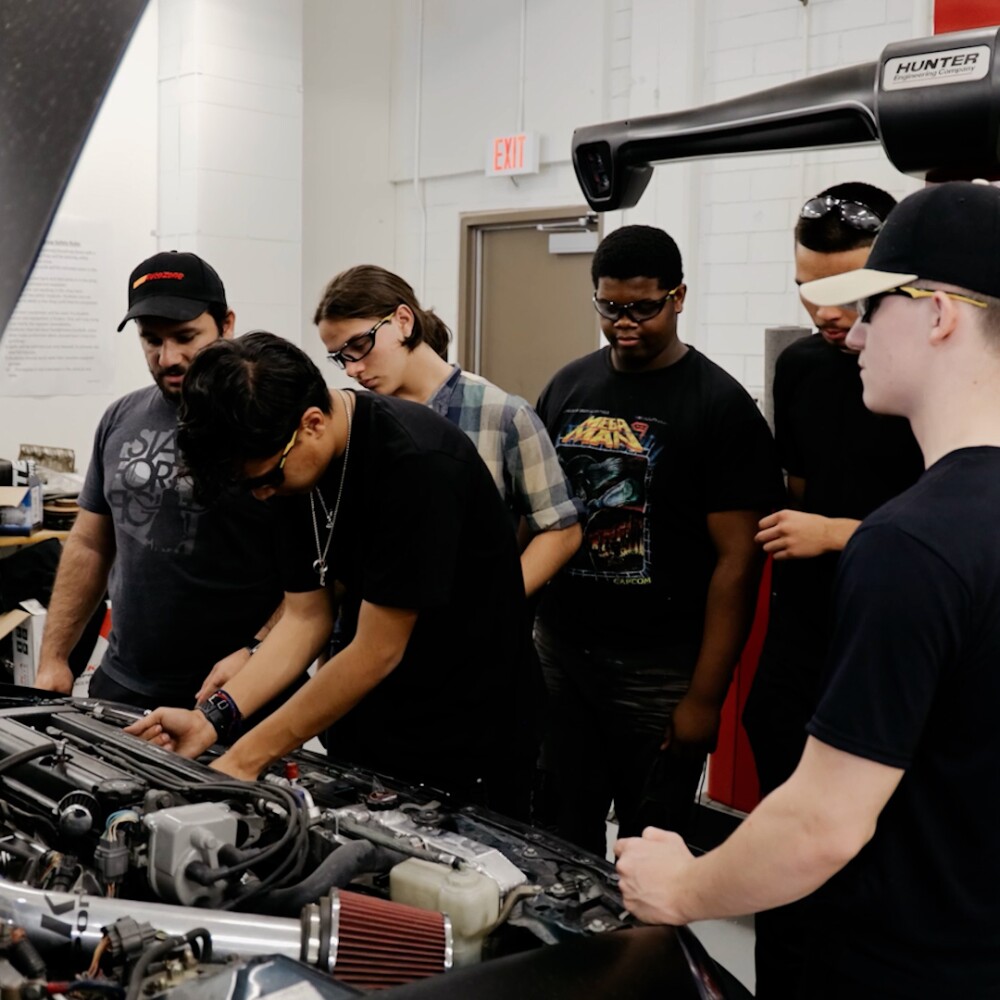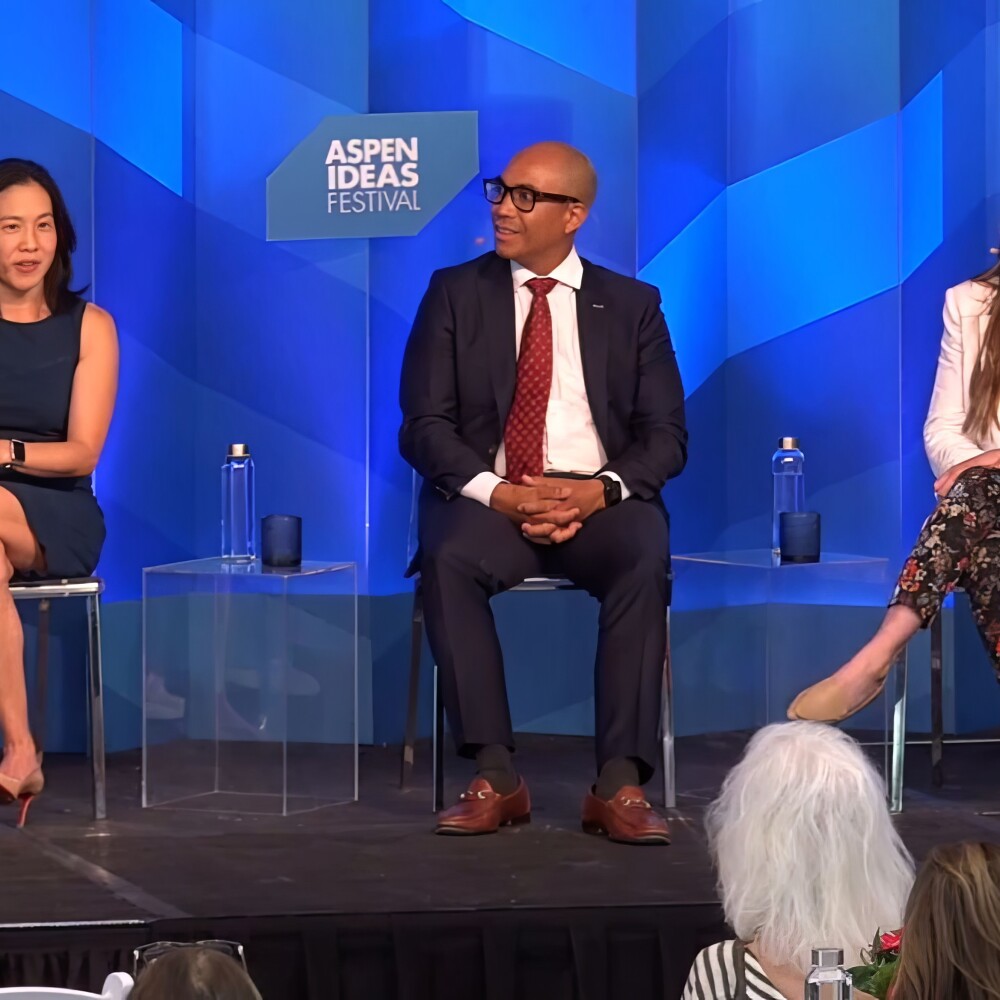As an elementary school student growing up in rural Kingstree, South Carolina, DeWayne McClary struggled with reading so much that he failed second grade.
His academic salvation came in the form of a bulky desktop computer, loaned to him through a program offered by his public school, along with some floppy discs of educational software.
“This actually changed my life when I was younger,” DeWayne says.
“The internet wasn’t even a thing yet. I got this big Apple Macintosh computer that had some programs. From that day on, I was hooked, and I started to flourish. I learned my phonetics through that program. From that year on, I was always an honor roll or superintendent’s honor roll student. That had a dramatic impact on my learning.”
DeWayne’s childhood experiences using technology as a tool for learning have led to a successful career in education, first as a teacher and now in his current job, as Director of Digital Learning and Innovation with the District of Columbia Public Schools (DCPS).
In that role, he has grown increasingly concerned about the “digital inequity” facing thousands of students who live in lower-income communities, where schools have a more difficult time providing computers in classrooms and many families lack broadband Internet access at home.
“I see it as a social justice issue, one that many people don’t pay attention to,” DeWayne says.
While there is no single definition, the ‘digital divide’ is commonly understood to be the gap between people with useful access to digital and information technologies and those with little to no access at all.
This year, DeWayne enrolled in Georgetown University’s Executive Master’s in Leadership program – and focused his work there on developing a set of recommendations for how D.C. government could close the digital divide in the city’s district and public charter schools.
The Georgetown program brings together senior education leaders from both the district and public charter sector to tackle common challenges. The Walton Family Foundation provides funding in partnership with the D.C. Public Education Fund and DCPS.
“Being a part of this Georgetown program provided me an opportunity to dialogue and learn from DCPS and Public Charter school leaders,” DeWayne says.
“While preparing my recommendations for this cross-sector project, I learned that both the DCPS and charters struggle with many of the same issues and could learn from each other’s successes and failures.”
Roughly half of D.C. public school students attend charters, while and the other half attend traditional district schools. But DeWayne the problems they face are the same: a lack of digital equity.
Take home Internet access, for example.
While broadband adoption is about 85% in wealthier D.C. communities, it is less than 65% in lower-income areas.
“If you go to the (lower-income) Southeast side of D.C., we see a huge inequity. A lot of our kids don’t have broadband Internet access in the home. I think our students deserve that, especially our students farthest from opportunity,” DeWayne says.
“A majority of our curriculum now is digitized. Kids start their work at school, but if they don’t have Internet at home, they can’t complete their homework and fall behind the kids who do have access. It’s a barrier for students and we’re trying to break down those barriers.”
To address the problem, DeWayne has recommended a “Light Up, D.C.” initiative to expand internet to lower-income families and lower existing barriers to access for low-cost broadband internet programs.
“In order to ensure our DC students are prepared for the future, we must be able to complete assignments, conduct research, and employ modern technologies and resources,” DeWayne says.
He has also recommended the city adopt a policy to provide digital devices on a 1:1 basis to all students. Currently there is a 3:1 requirement for DCPS testing cohorts – one computer for every three students. The proposal was well received by the DCPS leadership, he says.
DeWayne added that he wants to explore ways for district and public charter schools to combine their buying power to purchase more computers for student.
Schools in high-income communities with active PTAs can often raise fund to provide more computers to students, but lower-income schools don’t have the same fundraising power.
“So we have a lot of devices that are over five or six years old and possibly not working in those schools,” he says.
Finally, DeWayne is recommending a district-wide ‘digital citizenship’ course for all students.
“If we are going to give these students devices, they have to know how to utilize them and know internet etiquette,” he says.
“Technology is no longer a luxury – it’s a basic and necessary tool to navigate life.”




